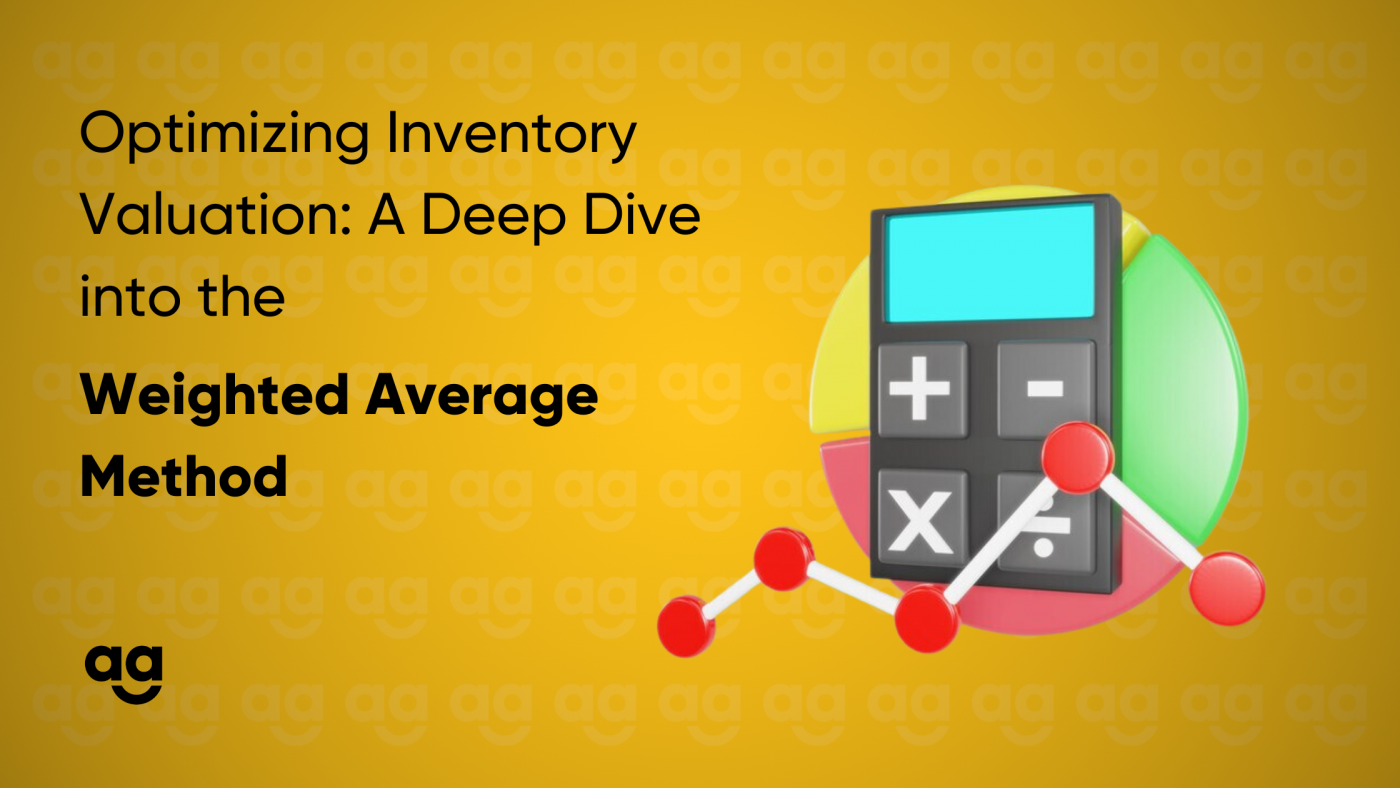Introduction
Any business that depends on shipping and transportation must prioritize cost saving in its logistics operations. A variety of techniques and tactics are used by businesses to handle these expenditures successfully. The Weighted Average Method is one such approach that has gained popularity.
We will explore the concept of the Weighted Average Method and how it may be used to reduce logistical costs.
Understanding the Weighted Average Method
The Weighted Average Method is a method of cost estimation that gives various logistical cost elements varying weights. Businesses who offer a variety of goods and services and deal with fluctuating expenses may find it particularly helpful.
The strategy aids businesses in obtaining a cost number that is more precise and representative by giving weights to these expenditures. Here are the main components of this technique, broken down.
1.Assigning Weights
In the Weighted Average Method, various cost elements are given differing amounts of significance. These weights represent the importance of each cost component in determining the total logistics cost.
2. Weighted Average Calculation
To find the weighted average logistics cost, you multiply the cost of each cost factor by its respective weight and then sum these values. The formula for weighted average cost is:
Weighted Average Cost = (Cost1 x Weight1) + (Cost2 x Weight2) + … + (Costn x Weightn)
By using the Weighted Average Method, the e-commerce business can have a more accurate representation of its courier service costs, considering the various factors that influence these costs.
Benefits of the Weighted Average Method
Let’s talk about the advantages of the Weighted Average Method for logistics cost reduction now that we’ve seen how it operates.
1. Greater cost accuracy
This strategy, which takes into account the importance of many cost aspects, delivers a more accurate and customized cost figure. Businesses can make better informed judgments thanks to this accuracy.
2. Cost cutting
Businesses can identify areas for cost reduction and optimisation by better knowing where the largest expenditures are incurred. For instance, businesses might alter their product packaging to cut expenses associated with size, or they might bargain for better shipping rates for high-impact factors.
3. Data-driven judgements
The Weighted Average Method encourages data-driven decision-making since it gives businesses an accurate assessment of the factors that influence their logistics expenses the most. With the help of this information, logistics partners might be bartered for better conditions or the product lineup may be reviewed.
Conclusion
For businesses looking to maintain their competitiveness and profitability, cost control in logistics is essential. In order to accurately estimate these expenses, the Weighted Average Method takes into account a number of variables and their relative importance. Companies can get a more accurate picture of their logistics costs by giving weights to cost components and using the weighted average method.
A courier price calculator can make it easier to use the Weighted Average Method in practice, assisting businesses in making data-driven decisions and streamlining their logistical processes. No matter how big or small your business is, understanding logistics cost control with the Weighted Average Method can result in cost savings and increased productivity that will ultimately boost your bottom line.







 Shipping
Shipping







